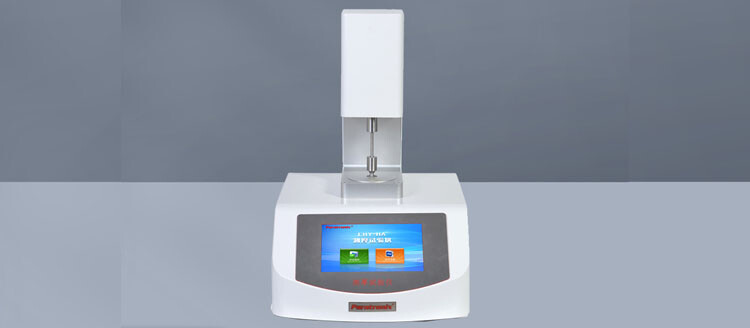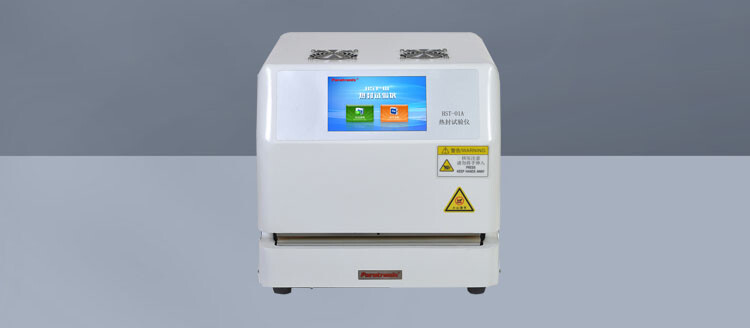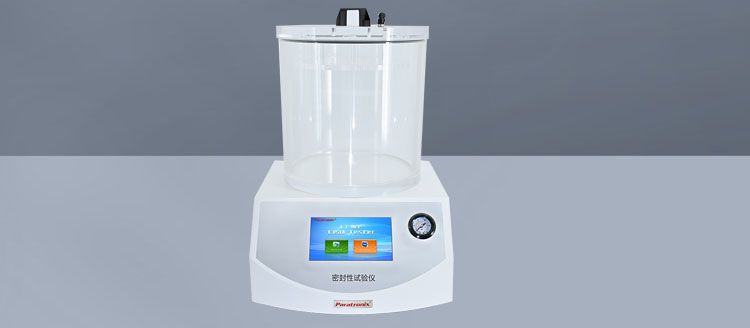Recent Posts
 Maintenance methods for thin film thickness detection instruments2025-12-15
Maintenance methods for thin film thickness detection instruments2025-12-15 Method for detecting the opening tension of food chain self sealing bags2025-12-03
Method for detecting the opening tension of food chain self sealing bags2025-12-03 Packaging industry testing instrument - moisture permeability tester2025-11-26
Packaging industry testing instrument - moisture permeability tester2025-11-26 What testing instruments are used for testing the heat sealing performance of thin films?2025-11-20
What testing instruments are used for testing the heat sealing performance of thin films?2025-11-20 Precautions for using negative pressure seal detector2025-11-10
Precautions for using negative pressure seal detector2025-11-10
1. Scope
1.1 These test methods cover the measurement of leaks in nonporous film, foil,or laminate flexible pouches and foil-sealed trays, which may be empty or enclose solid product. If product is enclosed, seals or surfaces cannot be in contact with water, oils, or other liquid.
1.2 These test methods will detect leaks at a rate of 1 x 10-4sccs(standard cubic centimetres per second)or greater,in flexible packages. The limitation of leak rate is dependent on package volume as tested.
1.3 The following test methods are included:
1.3.1 Test Method A-Pressure Decay Leak Test for Flexible Packages Without Restraining Plates
1.3.2 Test Method B Pressure Decay Leak Test for Flexible Packages With Restraining Plates
1.4 These test methods are destructive in that they require entry into the package to supply an internal pressure of gas,typically air or nitrogen, although other gases may be used, Theentry connection into the flexible package must be leak-tight.
1.5 For porous packages, see 9.3.
1.6 The values stated in SI units are to be regarded as standard, The values given in parentheses after SI units are provided for information only and are not considered standard.
Testing equipment:LT-03A Leak and seal strength tester
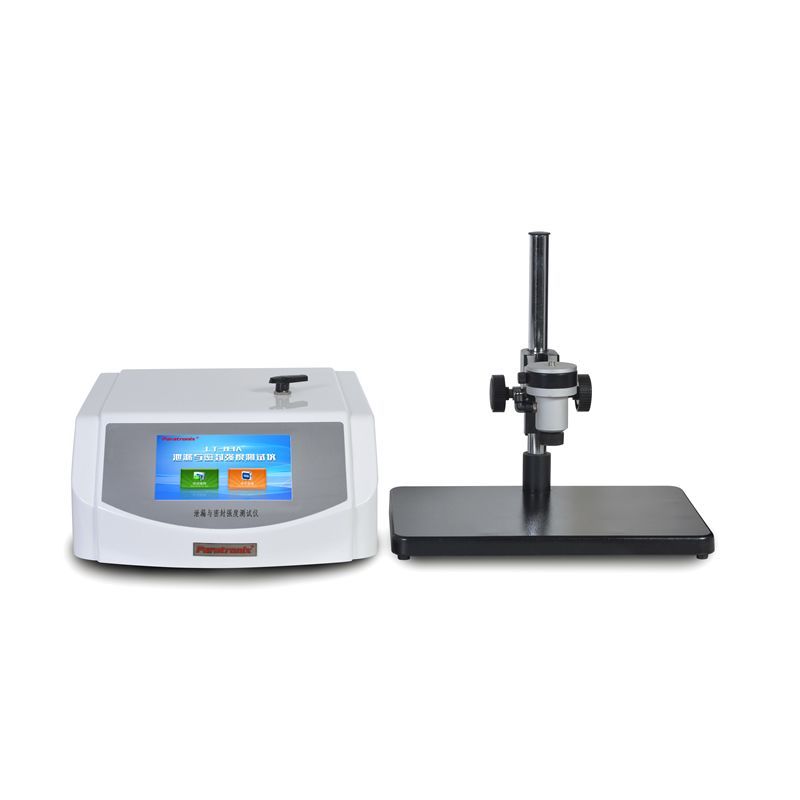
6.Apparatus
6.1 Test Method A:
6.1.1 A measuring instrument that provides the following:
6.1.1.1 A means to detect pressure changes with sufficient sensitivity to achieve theoretical leak rates in the package specification;
6.1.1.2 Automatic timer controls to pressurize the package to a preset pressure, hold the pressure for a set time, and provide a time period during which pressure change data can be taken;
6.1.1.3 A means to set pressure;
6.1.1.4 A means of holding and displaying the pressure change inside the package at the end of the test cyele;
6.1.1.5 A means (optional) to set pressure decay limits for a test method and alert the operator if the limit is exceeded.
6.1.2 A means to enter the package in a leak tight manner so that an inflation pressure can be applied to the package and changes in internal pressure can be sensed.
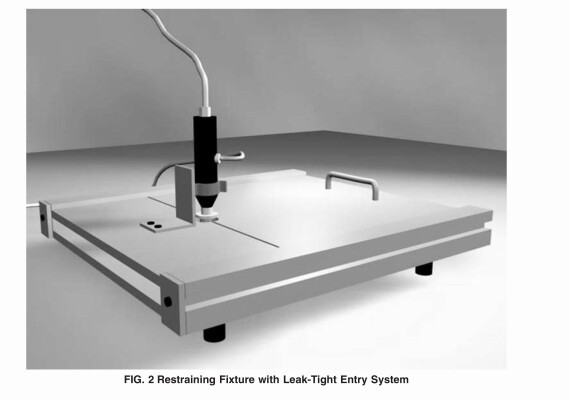
6.2 Test Method B-Using Restraining Plates:
6.2.1 The measuring instrument shall have the characteristics described in 6.1.1.1 - 6.1.1.5.6.2.2 6.2.2 Parallel, rigid plates are required, An ability to adjust plate separation is desirable. The surface of the plates should provide limited porosity in order to prevent blocking of pinhole leaks in the walls (see Fig. 2).
Note 3-Several techniques have been used to provide a means to prevent blocking or lowering of the leak rate in package material walls in contact with the plates, These techniques include the use of semi-porous plastic, scoring of plate surfaces and use of screen-type materials.
6.2.3 A means to enter the package in a leak-tight manner so that an inflation pressure can be applied to the package and changes in internal pressure can be sensed.
NoTE 4-It is important to verify the leak integrity of the entry means so that it does not contribute to the pressure changes sensed during testing.
Leave A Reply
Search by Keywords

